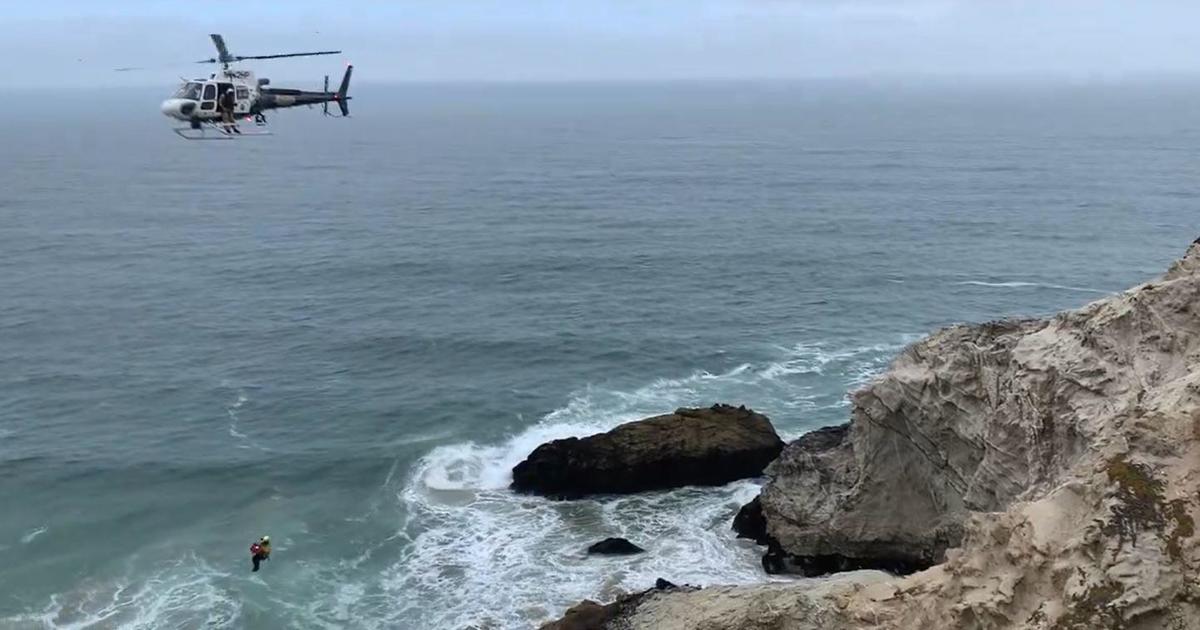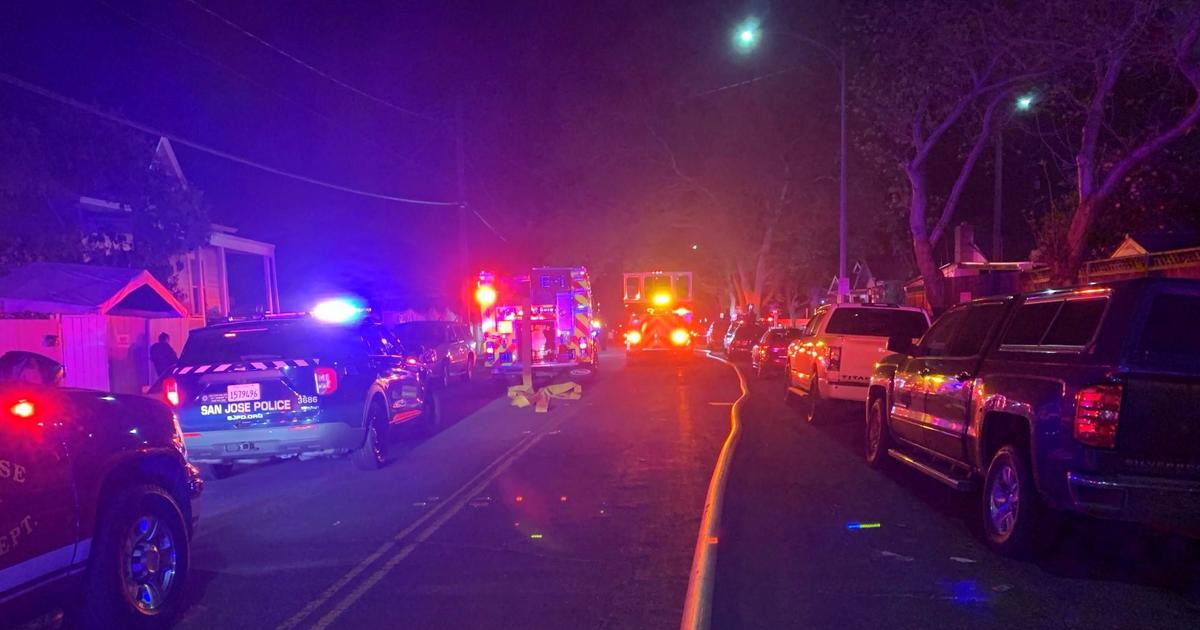Homeless Calling 911 For Shelter A Drain On System Across Bay Area
SAN FRANCISCO (KPIX 5) -- This past week, KPIX 5 reported on how the East Bay's 911 ambulance service is being taken for a ride by people who just want to get to the ER for a sandwich and a warm place to sleep.
It turns out it's not just an East Bay problem. It's happening all over the Bay Area, a crisis of huge proportions that is costing the emergency response system millions of dollars.
All day long, a steady stream of ambulances pull up to Alta Bates Summit Medical Center in Oakland, unloading patients onto gurneys and rolling them through the emergency room door. A casual observer would never know that many of the patients are regulars.
When KPIX 5 asked John Mullen, the charge nurse responsible for Summit's emergency ward how often some of the patients visit the hospital, he replied, "Every day."
Mullen said they're known in the ER as "frequent fliers."
"They can come here 4-5 hours, go to the next hospital 4-5 hours; cycle through, you know? So you can cover 24 hours," explained Mullen. "We have had patients who literally hit every hospital within 25 miles."
KPIX reported on the impact the top 25 frequent fliers are having on Alameda County ambulances, costing the county over $2.5 million in the past two years. If ambulances are becoming Ubers, then hospitals are becoming hotels.
Mullen says usually it's the homeless coming in with all their belongings, looking for a respite from the streets.
Eileen Mulcahy, who lives in an encampment just down the street from Summit, tells KPIX 5 she has stayed at the hospital for hours at a time.
"Actually I have gone in there, you know just to warm up until BART started running," said Mulcahy.
She says she's also been legitimately sick on several visits.
"Respiratory, from living in a tent, and from the cold and whatnot. They have always been really good to me and my puppy. They actually fell in love with her and allowed her to stay in the room with me all those times," said Mulcahy.
For the hospital, it's a juggling act.
"It's something we can't always address in the ER because at the same time we are dealing with heart attacks and strokes, people who require medical attention or they won't survive," said Mullen.
It's not just happening at Summit Hospital. In the Bay Area, 700 patients accounted for 25,700 ER visits last year. That's about 1 percent percent of the population using 20 percent of the health care resources.
"Oh, it's giant," said Summit Medical Director, Dr. Ron Berrol.
Berrol is piloting a new regional project that has allowed local hospitals and 911 emergency systems to share frequent-user data. He said it has been an eye-opener.
"We had one patient who we saw this patient 40 times in a year. And that seems like a lot, three and a half times a month," said Berrol. "And then when we linked this data, we found out that the county hospitals were seeing this patient 300 times a year."
Another term used to refer to this type of repeat patient is "extreme utilizer." There were 46 of them going to multiple emergency rooms in Alameda County and San Francisco more than 100 times in the last year, according to a data gathering group called Collective Medical.
That's on top of 160 "super utilizers" with between 50 and 99 ER visits every year and 871 "high utilizers" with 20 to 49 trips to the ER. There's even a "rising" group of 3,200 people believed likely to become frequent fliers.
The preferred mode of transport is by ambulance, but they also use public transit.
"We began to see people going to emergency departments that were end of the line for BART," said Berrol.
On one recent night, a KPIX 5 camera took BART to the end of the line to the Warm Springs station in Fremont. Paramedics said that every night around 1:30 a.m. after the final BART trains have come to the end of the line and the system closes, the homeless people who are sleeping on the trains will then call 911 so they can go to the hospital for a place to sleep.
Many of them have fresh bracelets on their wrists from recent trips to the hospital. They'll linger on the platform or lie on the ground until someone forces them out. That's when they say they need an ambulance.
On the night KPIX 5 was there, two frequent fliers asked to be taken to the hospital after BART closed down. Paramedics knew both of them by name and said they've transported them hundreds of times.
One man told police he had congestive heart failure, but wouldn't let paramedics check his heart. He was transported on a gurney. The other walked to the ambulance by himself.
Add up police and fire response, ambulance fees, ER fees and hospitalization, and the 1,077 top utilizers in Alameda and San Francisco counties alone are estimated to cost the system a whopping $56.6 million dollars a year.
Back at Summit, you would think after seeing the same patients night after night, doctors and paramedics would be jaded. They are not.
"Who would blame them?" asked Dr. Berrol. "They know there is an open place with a bathroom that is warm, and you do what you need to do to survive."
First responders point out these frequent fliers are just cold, hungry, and trying desperately to find a corner of the world that they won't get chased out of. Until that happens, they will linger at the BART stations after they close, waiting for their next ride.
In California, ambulances and emergency departments alike cannot refuse transport or care. But the frequent flier crisis is prompting the state emergency medical system to start looking for other possible options, such as alternative destinations for people with mental illness and addiction problems.



